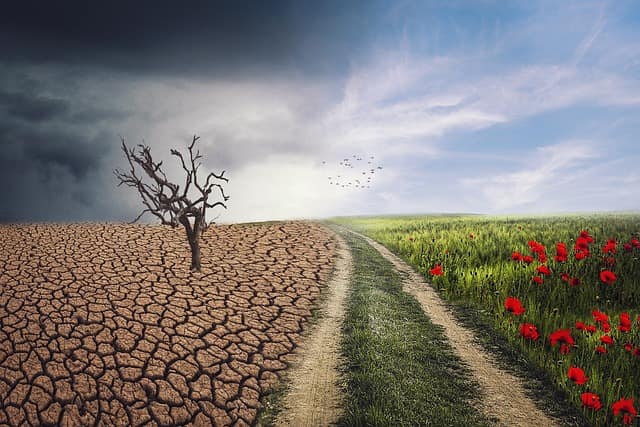As we enter 2024, the pressing issue of climate change continues to demand our attention. The world is experiencing unprecedented shifts in weather patterns, rising temperatures, and extreme events. Amid these challenges, the significance of sustainable practices, like roof restoration, becomes increasingly evident.
The Current Climate Scenario
In 2024, the global climate landscape remains dynamic, presenting a complex interplay of factors. Rising greenhouse gas emissions, deforestation, and industrial activities contribute to the ongoing changes. It’s essential to stay informed about the latest developments to comprehend the urgency of addressing climate change.
Climate change in 2024 is marked by complex interactions involving temperature fluctuations, extreme weather events, and ecosystem shifts.
Impact on Weather Patterns

As we dive into the intricacies of climate change, alterations in weather patterns emerge as a focal point. Unpredictable storms, prolonged heatwaves, and erratic precipitation patterns have become the new normal. Understanding these changes allows us to adapt and implement strategies that mitigate their impact on communities.
Sustainable Living Practices
Amidst the global scale of climate change, individual actions matter. Sustainable living practices, such as reducing single-use plastic, conserving energy, and supporting eco-friendly initiatives, collectively contribute to positive change. Every small effort counts.
Policy Landscape and International Cooperation
Today, governments of different nations are starting to realize the importance of climate change. In 2024, global leaders are forging collaborations and enacting policies to curb emissions and promote sustainable practices. International cooperation is essential in crafting practical solutions that transcend geographical boundaries.
Renewable Energy Revolution
One of the most promising avenues in addressing climate change is the global shift towards renewable energy sources. Solar, wind, and hydroelectric power are gaining momentum as viable alternatives to traditional fossil fuels. Governments and businesses worldwide invest heavily in clean energy initiatives to reduce carbon emissions and create a sustainable future.
In navigating the complex landscape of climate change in 2024, it’s crucial to acknowledge the how our actions and their impact on the environment are connected. The ongoing efforts to combat climate change, from renewable energy initiatives to community-driven advocacy, signify a collective commitment to a sustainable future. As we move forward, every individual and community have a role in fostering a planet that thrives for generations.




